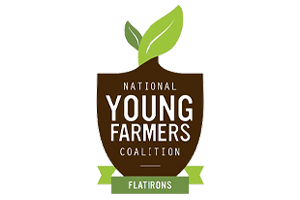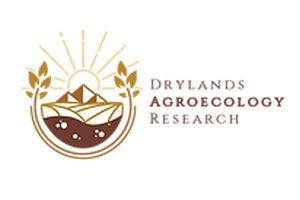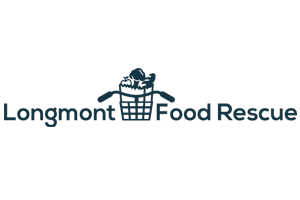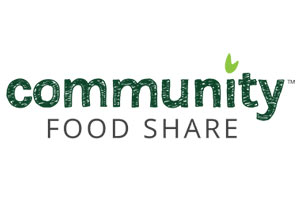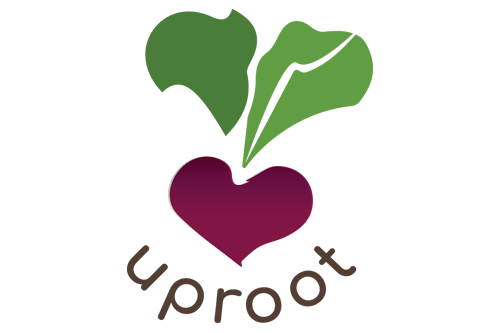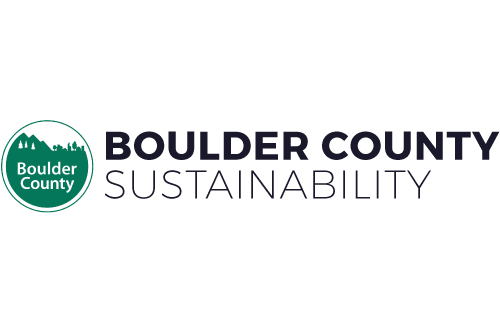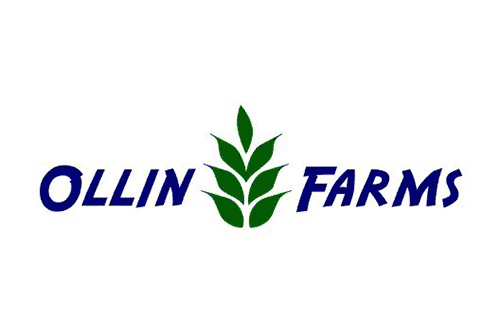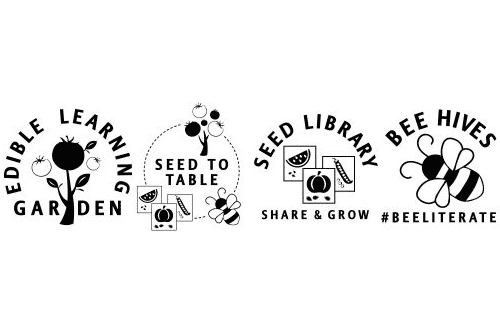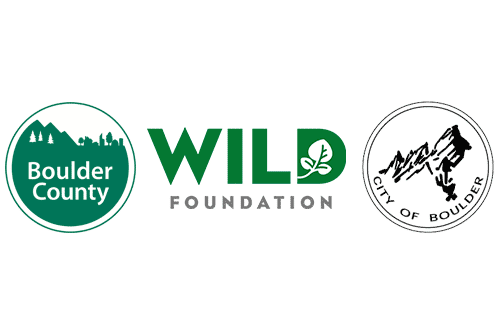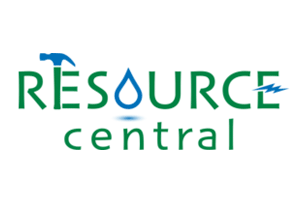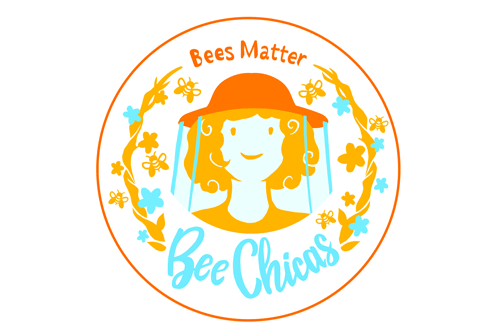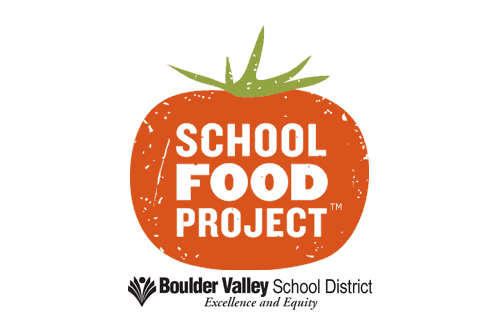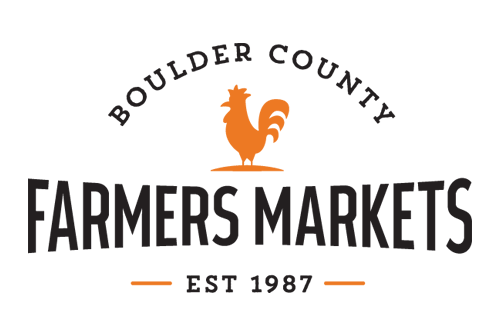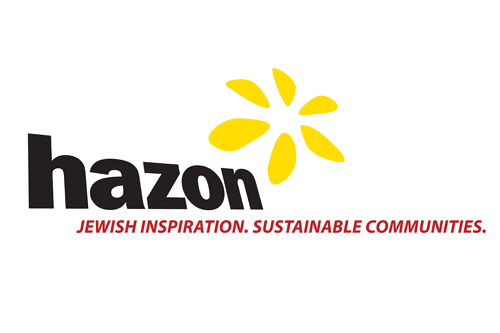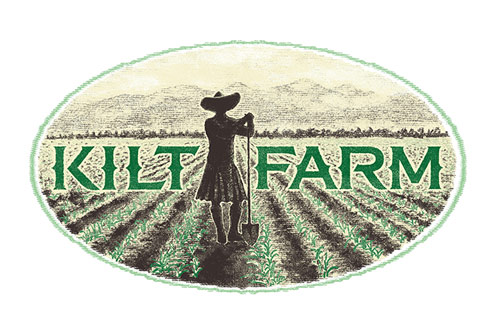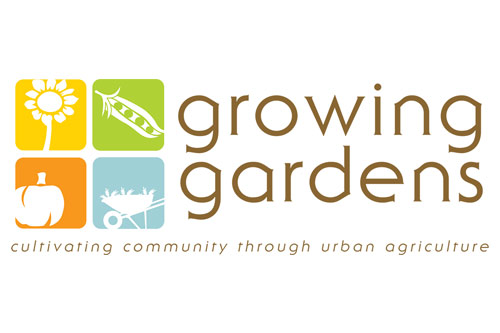Sustainable & Regenerative Agriculture
Dig this:
Sustainable agriculture is absolutely essential for our local and global community to meet food and textile needs in the present without compromising the ability of future generations to meet their own needs. In fact, as climate change increases pace, we need to go a step farther in healing the planet and its resources with regenerative agriculture.
Practitioners of sustainable agriculture seek to integrate three main objectives into their work: a healthy environment, economic profitability, and social and economic equity. Every person involved in the food system—growers, food processors, distributors, retailers, consumers, and waste managers—can play a role in ensuring a sustainable agricultural system.
Regenerative Agriculture describes farming and grazing practices that, among other benefits, reverse climate change by rebuilding soil organic matter and restoring degraded soil biodiversity – resulting in both carbon drawdown and improving the water cycle.

